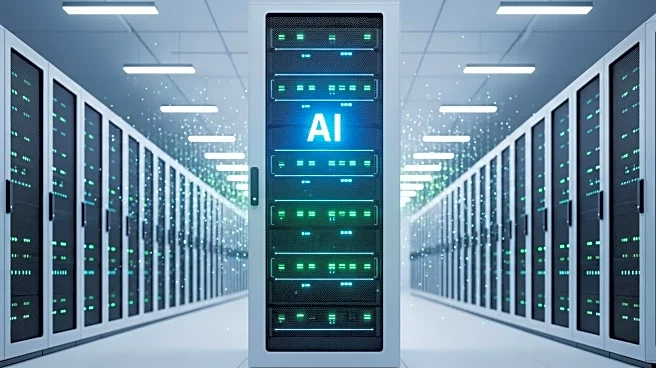What's Happening?
DeepSeek has introduced a new experimental model, V3.2-exp, which aims to significantly reduce inference costs in long-context operations. The model, announced on Hugging Face and detailed in an academic paper on GitHub, features a system called DeepSeek Sparse Attention. This system utilizes a 'lightning indexer' to prioritize specific excerpts from the context window and a 'fine-grained token selection system' to choose specific tokens for the module's limited attention window. This approach allows the model to handle long portions of context with reduced server loads. Preliminary tests indicate that API call costs could be cut by up to 50% in long-context scenarios. The model is open-weight and available for third-party testing.
Why It's Important?
The introduction of DeepSeek's Sparse Attention model is significant for the AI industry, particularly in reducing the operational costs associated with inference, which is distinct from training costs. By lowering these costs, AI services can become more accessible and affordable, potentially leading to broader adoption and innovation. This development is particularly relevant in the context of the ongoing AI research competition between the U.S. and China. DeepSeek's advancements could influence U.S. AI providers to adopt similar cost-reducing strategies, enhancing their competitiveness in the global market.
What's Next?
Further testing of the V3.2-exp model by third parties is expected to validate DeepSeek's claims about cost reductions. If successful, this could lead to widespread adoption of similar models by AI companies seeking to optimize their operations. Additionally, the model's availability on platforms like Hugging Face may encourage collaboration and further innovation in the field of AI inference cost reduction.
Beyond the Headlines
DeepSeek's approach highlights the potential for international collaboration and learning in AI research, despite geopolitical tensions. The company's success in reducing inference costs could serve as a model for other AI firms, promoting efficiency and sustainability in AI operations. This development also underscores the importance of open-source contributions to the advancement of AI technology.











